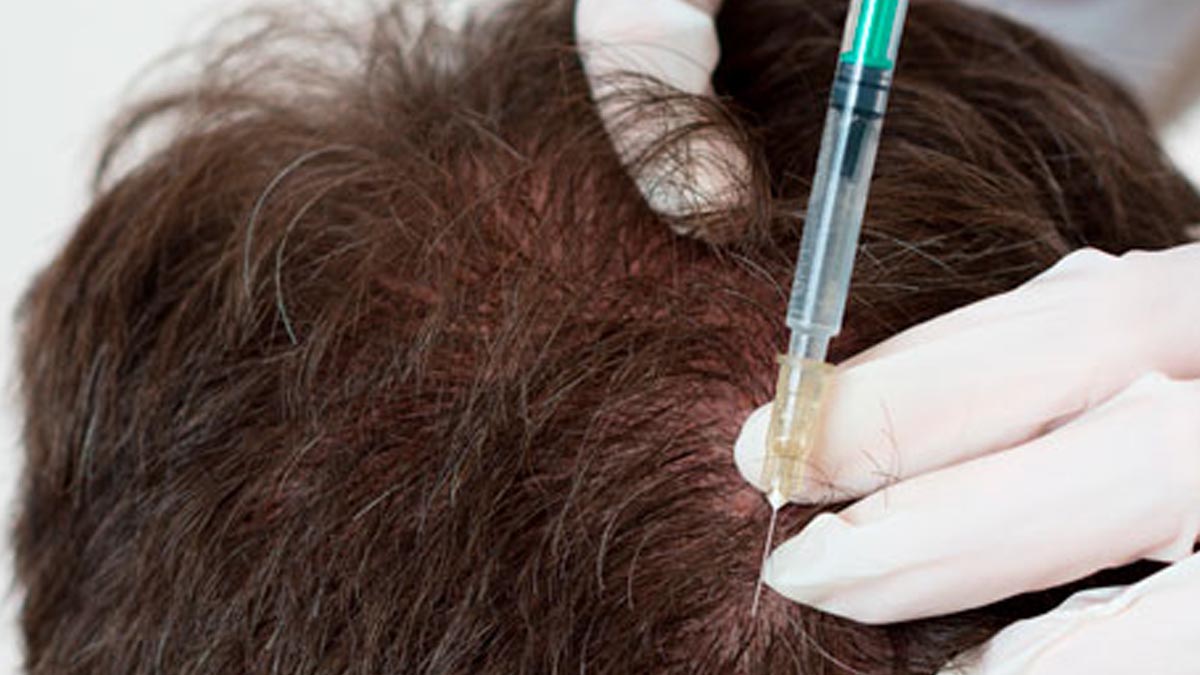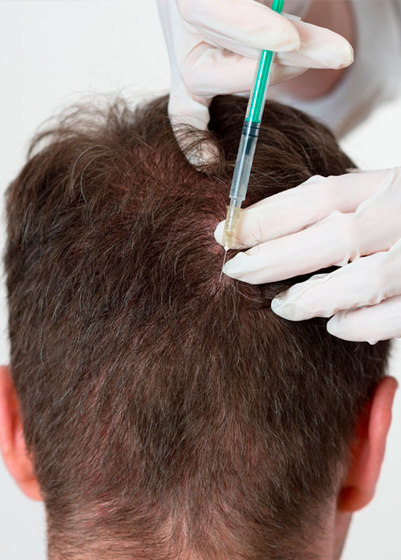
What is Alopecia Areata
Alopecia areata is that it causes hair to fall out in small patches, which can go unnoticed, but over time they can become noticeable. The condition develops when the immune system attacks the hair follicles, resulting in hair loss. Sudden hair loss can occur in the scalp and, in some cases, in the eyebrows, eyelashes and face. It can also develop slowly and be repeated after years between instances. The condition can cause total hair loss, called universal alopecia, and it happens that the hair does not grow back. Also when the hair grows back, it may fall out again. The extent of hair loss and growth vary in each person. At the moment there is no cure for alopecia areata. However, but there are treatments that can help the hair grow faster and that can prevent hair loss in the future, as well as unique ways to cover hair loss. There are also aids for people to cope with the stress related to hair loss.
TREATMENT
This treatment it’s a highly effective, therefore non-surgical hair restoration technique, that is a safe option, used to treat male pattern baldness and Alopecia.

PRP (platelet-rich plasma) therapy for hair loss is a medical treatment, that has three steps in which blood is drawn, and after its processing the person is injected into the scalp.
For intance you can Stop losing your hair and regrow thicker, fuller hair with hair restoration in South Miami. Just Visit us and ask a Doctor.
Causes
Alopecia areata is an autoimmune condition develops when the immune system mistakes healthy cells for foreign substances. Normally, the immune system defends your body against foreign invaders, such as viruses and bacteria.
If you have alopecia areata, however, your immune system mistakenly attacks your hair follicles. Hair follicles are the structures from which hairs grow. The follicles become smaller and stop producing hair, leading to hair loss.
Researchers don’t know the exact cause of this condition. Is discovered that, you don’t need the whole follicle, only a very small part, to produce a new hair, to be transplanted into the recipient area. This means that after the treatment, the hairs in the donor area can be cut short, without any, or with minimal, visible density loss.
Hair Loss
Alopecia can affect the scalp and also in other areas of the skin, that have hairs such as eyelashes, eyebrows, beards and more.
Alopecia can be organized in numbers of groups, according to their origin and manifestations, but the most common is androgenic alopecia also known as baldness that is very common, and especially affects men, less in women, and this is because. the male hormones cause an action where the hair follicles of the frontal, upper and crown are more sensitive to the action of androgens.
